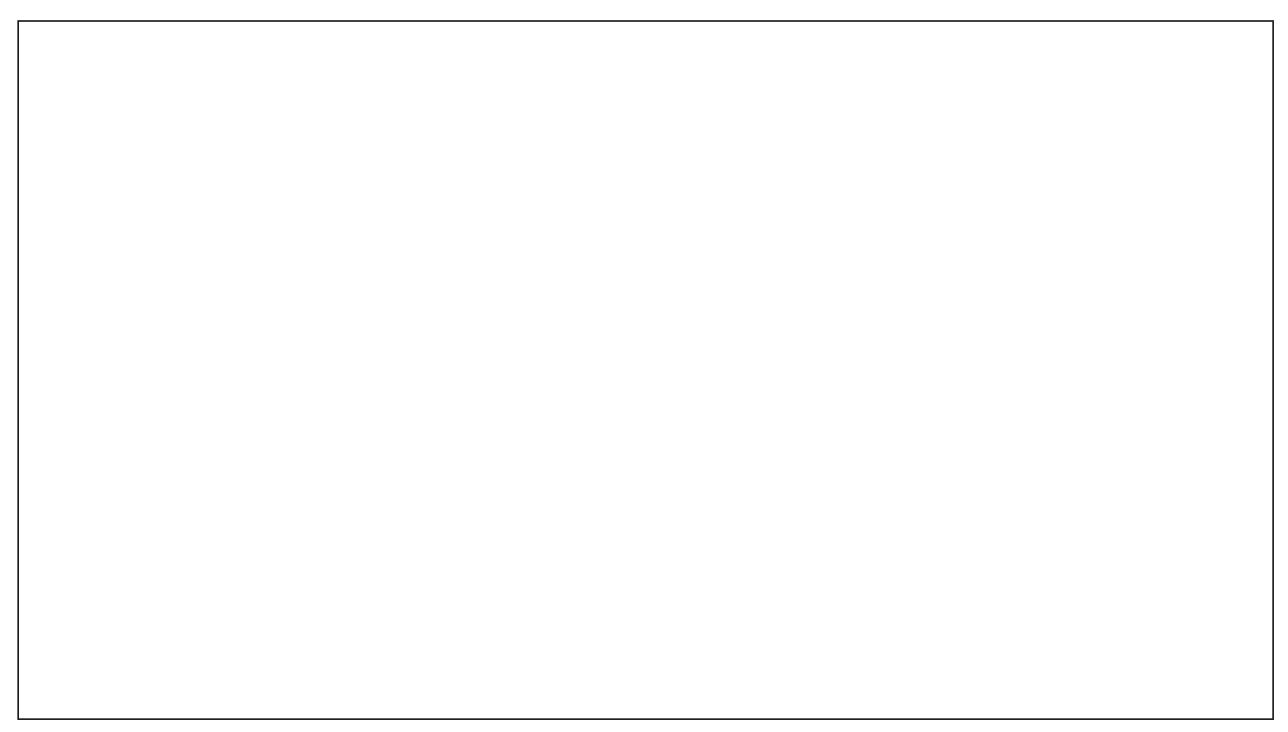Cystic fibrosis is an inherited disorder that causes damage to the lungs, digestive system and other organs in the body. A person with cystic fibrosis will have two faulty recessive alleles for the cystic fibrosis gene (CFTR) on chromosome 7. Two healthy parents, heterozygous for cystic fibrosis, have a child that does not have cystic fibrosis. They are planning to have a second child. Using a Punnett square, determine the probability of their second child being born with the condition. Use \(R\) for the normal CFTR allele, and \(r\) for the faulty CFTR allele. (3 marks) --- 3 WORK AREA LINES (style=lined) --- --- 8 WORK AREA LINES (style=lined) ---

BIOLOGY, M5 2023 HSC 3 MC
A Punnett square is shown.
| \(\text{B}\) | \(\text{b}\) | |
| \(\text{B}\) | \(1\) | \(2\) |
| \(\text{B}\) | \(3\) | \(4\) |
Which of the following options represents heterozygous offspring?
- 1, 2
- 1, 3
- 2, 4
- 3, 4
BIOLOGY, M5 SM-Bank 25
In fruit flies, eye colour is a sex-linked trait inherited on the X chromosome. The red-eye allele R is dominant over the white-eye allele (r). A red-eyed male and white-eyed female have 50 offspring.
Use a Punnett square to predict the number of male and female offspring and their eye colour. (3 marks)
--- 4 WORK AREA LINES (style=lined) ---
--- 2 WORK AREA LINES (style=lined) ---
BIOLOGY, M5 EQ-Bank 2 MC
A student completed a genetics exercise by preparing a Punnett square. `T` represents a dominant allele and `t` represents a recessive allele.
What were the likely genotypes of these parents?
- Both parents were homozygous.
- Both parents were heterozygous.
- Parent 1 was homozygous, Parent 2 was heterozygous.
- Parent 1 was heterozygous, Parent 2 was homozygous.
BIOLOGY, M5 2019 HSC 30
Experiments were conducted to obtain data on the traits 'seed shape' in plants and 'feather colour' in chickens. In each case, the original parents were pure breeding and produced the first generation (F1). The frequency data diagrams below relate to the second generation offspring (F2), produced when the F1 generations were bred together.
Explain the phenotypic ratios of the F2 generation in both the plant and chicken breeding experiments. Include Punnett squares and a key to support your answer. (5 marks)
--- 12 WORK AREA LINES (style=lined) ---
BIOLOGY, M5 2022 HSC 22
Eggplant fruit comes in three colours: dark purple, white and violet. A genetic cross between the dark purple and white eggplants will always result in the violet phenotype.
What phenotypic ratio would you expect to see when two violet offspring are crossed? Show your working. (3 marks)
BIOLOGY, M5 2022 HSC 15 MC
In a plant species, red flower colour (R) is dominant over white flower colour (r).
Two plants of known genotype for flower colour were crossed. A punnet square was used to determine the proportion of genotypes expected in the offspring. Part of the punnet square is shown.
Which statement is true for the parents in this cross?
- Both parents were homozygous.
- Both parents were heterozygous.
- Both parents had flowers of the same colour.
- Parent 2 must have red flowers and Parent 1 must have white flowers.
BIOLOGY, M5 2021 HSC 22
In a population of rabbits, black fur colour is dominant over white fur. A black rabbit, whose mother has white fur, mates with a white rabbit.
Predict the phenotypic ratio for the offspring of this cross. Show your working. (3 marks)
--- 1 WORK AREA LINES (style=lined) ---
--- 1 WORK AREA LINES (style=lined) ---